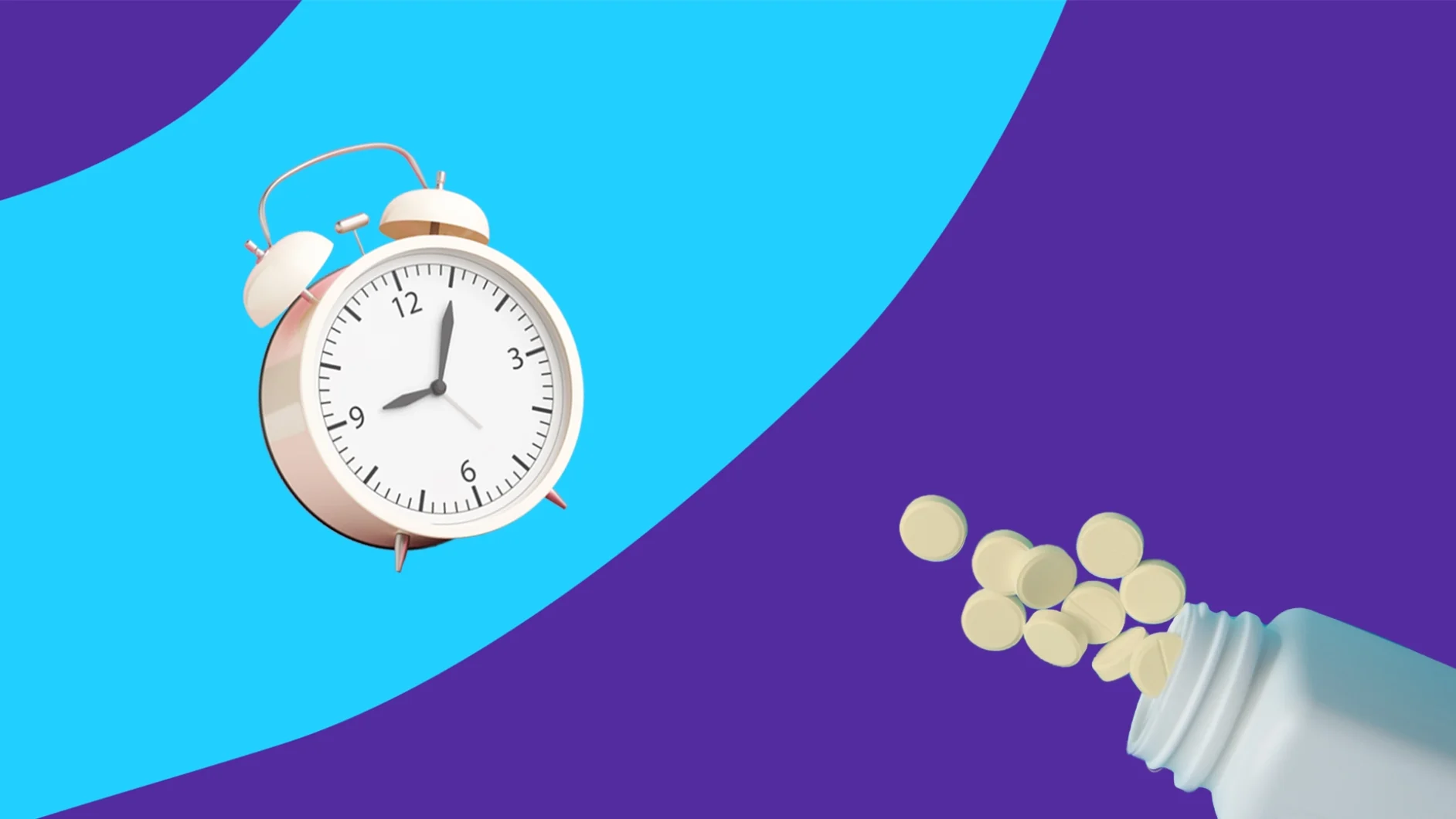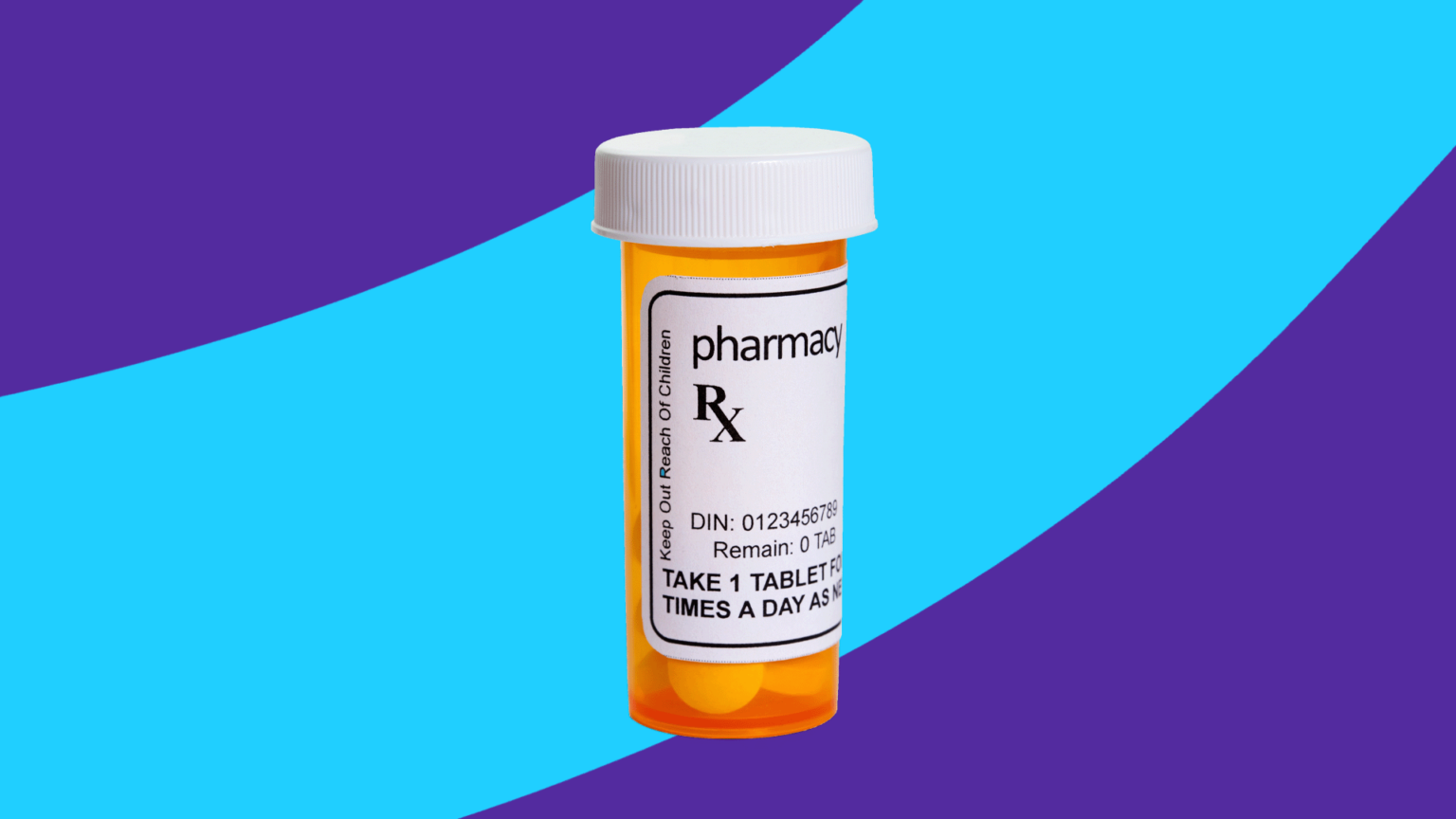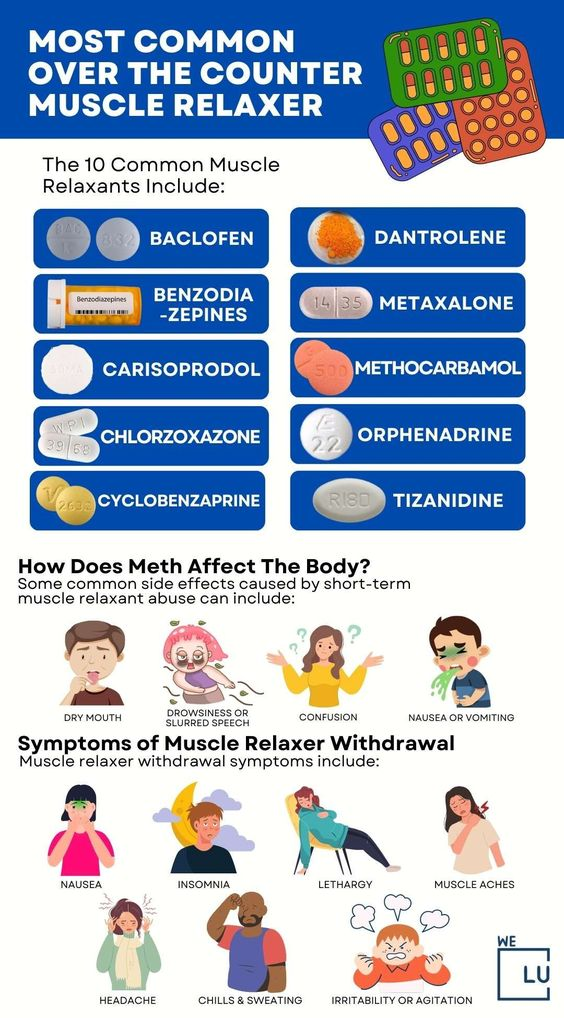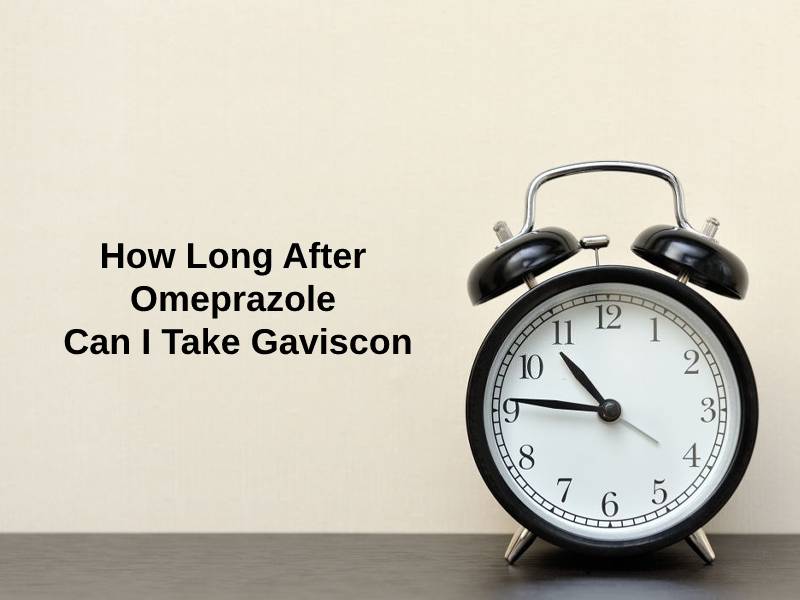How Long After Taking Cyclobenzaprine Can I Take Sumatriptan

Imagine a throbbing crescendo behind your eyes, each pulse a hammer blow. You reach for your trusty sumatriptan, your migraine lifeline. But then a nagging worry creeps in: you took cyclobenzaprine for a stiff neck last night. Now, you're caught in a frustrating dilemma: How long must you wait to safely combine these medications?
Navigating the intricate world of medication interactions can feel like traversing a minefield. This article will delve into the complexities of combining cyclobenzaprine and sumatriptan, providing guidance and insights to help you make informed decisions about your health. We will explore the potential risks, recommended waiting times, and essential considerations for safe and effective pain management.
Understanding the Medications
Cyclobenzaprine, commonly known by the brand name Flexeril, is a muscle relaxant. It's frequently prescribed for short-term relief of muscle spasms and associated pain. It works by acting on the central nervous system to decrease muscle activity.
Sumatriptan, often recognized as Imitrex, is a triptan medication. It is a cornerstone treatment for migraine headaches. It functions by narrowing blood vessels in the brain and reducing substances that can trigger headache pain, nausea, and sensitivity to light and sound.
Potential Interactions: A Cause for Concern
The primary concern when combining cyclobenzaprine and sumatriptan lies in their potential synergistic effects on serotonin levels. While neither medication is a potent serotonin reuptake inhibitor (SSRI) on its own, their combined use can theoretically increase the risk of serotonin syndrome.
Serotonin syndrome is a potentially life-threatening condition. It occurs when there's too much serotonin in the brain. Symptoms can range from mild tremors and confusion to severe muscle rigidity, high fever, and seizures. It's crucial to note that the risk of serotonin syndrome from this combination is considered relatively low but should be taken seriously.
Both medications can also cause drowsiness. Combining them could amplify this effect, leading to excessive sedation and impaired cognitive function. This heightened drowsiness could significantly impact daily activities, such as driving or operating machinery.
Recommended Waiting Times: A Guide to Safety
Determining the appropriate waiting time between medications depends on several factors. These include individual metabolism, dosage, and overall health. The half-life of cyclobenzaprine is approximately 8-37 hours, meaning it takes that long for half of the drug to be eliminated from the body.
The half-life of sumatriptan is shorter, around 2.5 hours. However, given the potential for combined effects, erring on the side of caution is generally recommended.
Most healthcare professionals suggest waiting at least 12-24 hours after taking cyclobenzaprine before taking sumatriptan. This allows a significant portion of the muscle relaxant to be cleared from your system, reducing the risk of additive side effects.
Some medical professionals suggest waiting for two to three half-lives of cyclobenzaprine. Given the extended range of cyclobenzaprine’s half-life, this could mean waiting closer to 72-111 hours to take sumatriptan.
It is imperative to consult with a healthcare provider or pharmacist. They can assess your specific situation and provide personalized recommendations based on your medical history and other medications you may be taking.
Factors to Consider
Several individual factors can influence the interaction between cyclobenzaprine and sumatriptan. Age, kidney and liver function, and other underlying health conditions can affect how your body processes these medications.
If you have impaired kidney or liver function, the drugs may take longer to be eliminated from your system. This increases the risk of side effects. Older adults may also be more sensitive to the effects of both medications.
Consider any other medications you're taking, including over-the-counter drugs and herbal supplements. Some substances can further increase the risk of serotonin syndrome or exacerbate drowsiness. Always provide a complete medication list to your doctor.
Alternatives and Safer Approaches
Explore alternative treatment options for your neck pain or migraine. Physical therapy, massage, and heat or cold therapy can provide relief from muscle spasms. For migraines, consider non-steroidal anti-inflammatory drugs (NSAIDs) or other migraine-specific medications that don't interact with cyclobenzaprine.
If you need to take both medications, consider taking them at different times of the day. This can help minimize their combined effects. For example, take cyclobenzaprine at night to help you sleep and sumatriptan during the day if a migraine develops.
Start with the lowest effective dose of each medication. Gradually increase the dose only if necessary and under the guidance of your doctor. This can help reduce the risk of side effects and interactions.
Recognizing Serotonin Syndrome: Know the Signs
Be vigilant for symptoms of serotonin syndrome. These can include agitation, confusion, rapid heart rate, muscle stiffness, loss of coordination, sweating, shivering, nausea, vomiting, and diarrhea.
If you experience any of these symptoms after taking cyclobenzaprine and sumatriptan, seek immediate medical attention. Early recognition and treatment are crucial for preventing serious complications.
Practical Tips for Medication Management
Maintain an updated list of all your medications. Share this list with your healthcare providers and pharmacists. This ensures everyone is aware of potential interactions and can make informed decisions about your treatment plan.
Use a medication organizer or app to help you keep track of when to take each medication. Set reminders to avoid missed doses or accidental double doses. This minimizes the risk of taking medication in an unsafe time period.
Don't hesitate to ask questions. If you're unsure about anything related to your medications, don't be afraid to ask your doctor or pharmacist. They are your partners in ensuring your safety and well-being.
A Path Forward: Prioritizing Safety
The decision of when to take sumatriptan after cyclobenzaprine requires careful consideration and consultation with a healthcare professional. While the risk of serious interactions is relatively low, it's essential to be aware of the potential dangers and take steps to minimize them.
By understanding the medications involved, considering individual factors, and exploring safer alternatives, you can navigate this complex situation with confidence. Remember that your health and well-being are paramount, and informed decisions are the key to effective and safe pain management.
Ultimately, the goal is to find relief from your pain while minimizing the risk of adverse effects. Prioritizing communication with your healthcare team and actively participating in your treatment plan will empower you to make the best choices for your health.








:max_bytes(150000):strip_icc()/prescription-GettyImages-1418052498-63dc30cb902f4b8594b2035258cc29cf.jpg)









